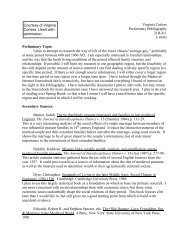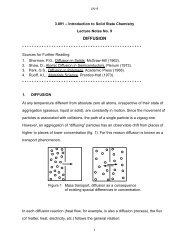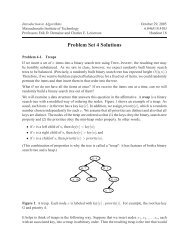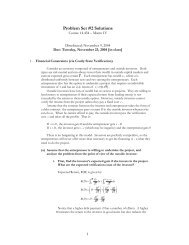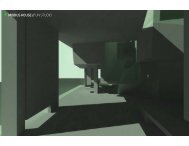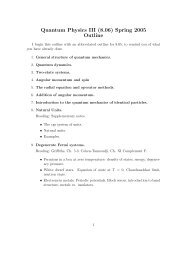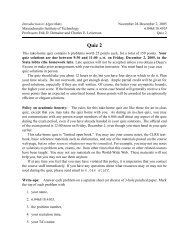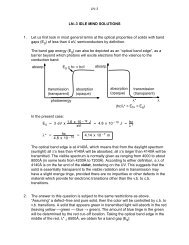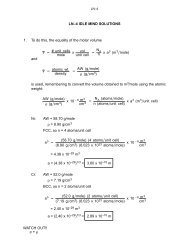Using Foreign Languages in the Middle Ages
Using Foreign Languages in the Middle Ages
Using Foreign Languages in the Middle Ages
Create successful ePaper yourself
Turn your PDF publications into a flip-book with our unique Google optimized e-Paper software.
glass w<strong>in</strong>dows were offered as <strong>the</strong> equivalent for illiterati. <strong>the</strong> 26 By <strong>the</strong> 12th century, Lat<strong>in</strong><br />
was seen <strong>in</strong> church doctr<strong>in</strong>e as <strong>the</strong> language of <strong>the</strong> Word of God, expressed through his<br />
servants. 27 Though <strong>the</strong>re is no evidence that this process was planned, clerical control of <strong>the</strong><br />
div<strong>in</strong>e language and, by extension, most knowledge, became a selfpropagat<strong>in</strong>g process.<br />
Romance speakers eventually might have stopped understand<strong>in</strong>g Mass at some po<strong>in</strong>t as<br />
<strong>the</strong>ir languages drifted fur<strong>the</strong>r from Church Lat<strong>in</strong>, but were cut off earlier. Into <strong>the</strong> 9th<br />
century, adaption to local pronunciation could have made <strong>the</strong> Lat<strong>in</strong> Mass understandable to<br />
Romancespeak<strong>in</strong>g parishioners, with <strong>in</strong>creas<strong>in</strong>g local divergences from any norm. Inadver<br />
tently or not, <strong>the</strong> Carol<strong>in</strong>gian pronunciation reforms put a stop to this process throughout<br />
Europe by requir<strong>in</strong>g that Lat<strong>in</strong> be read accord<strong>in</strong>g to a standardized, fixed pronunciation of<br />
28 every letter, far from any contemporary dialect. This reform sealed <strong>the</strong> dist<strong>in</strong>ction between<br />
popular and clerical language among Romancespeakers. Canon 17 of <strong>the</strong> Council of Tours<br />
famously established that preach<strong>in</strong>g texts were no longer to be said <strong>in</strong> Lat<strong>in</strong>, but “rusticam<br />
Romanam l<strong>in</strong>guam Theodiscam aut, quo facilius cuncti poss<strong>in</strong>t <strong>in</strong>tellegere quae dicuntur,”<br />
29 i.e. <strong>in</strong> <strong>the</strong> local Germanic or Romance language. Significantly, priests would preach <strong>in</strong><br />
<strong>the</strong> local vernacular, while Mass and <strong>the</strong> Bible rema<strong>in</strong>ed <strong>in</strong> Lat<strong>in</strong>, ma<strong>in</strong>ta<strong>in</strong><strong>in</strong>g <strong>the</strong> clerical<br />
monopoly on <strong>in</strong>formation.<br />
Lat<strong>in</strong> was a tool of both secular and church power simply because it had to be acquired to<br />
be used. Learn<strong>in</strong>g to read or write Lat<strong>in</strong> took years, at best a difficult process and at worst<br />
26 Bäuml (1997), p. 132.<br />
27 Law (2003), p. 204.<br />
28 Banniard (1999).<br />
29 Banniard (1999), p. 236.<br />
9



![18.03 Class 21, April 3 Fun with Fourier series [1] If f(t) is any decent ...](https://img.yumpu.com/51148985/1/190x245/1803-class-21-april-3-fun-with-fourier-series-1-if-ft-is-any-decent-.jpg?quality=85)

